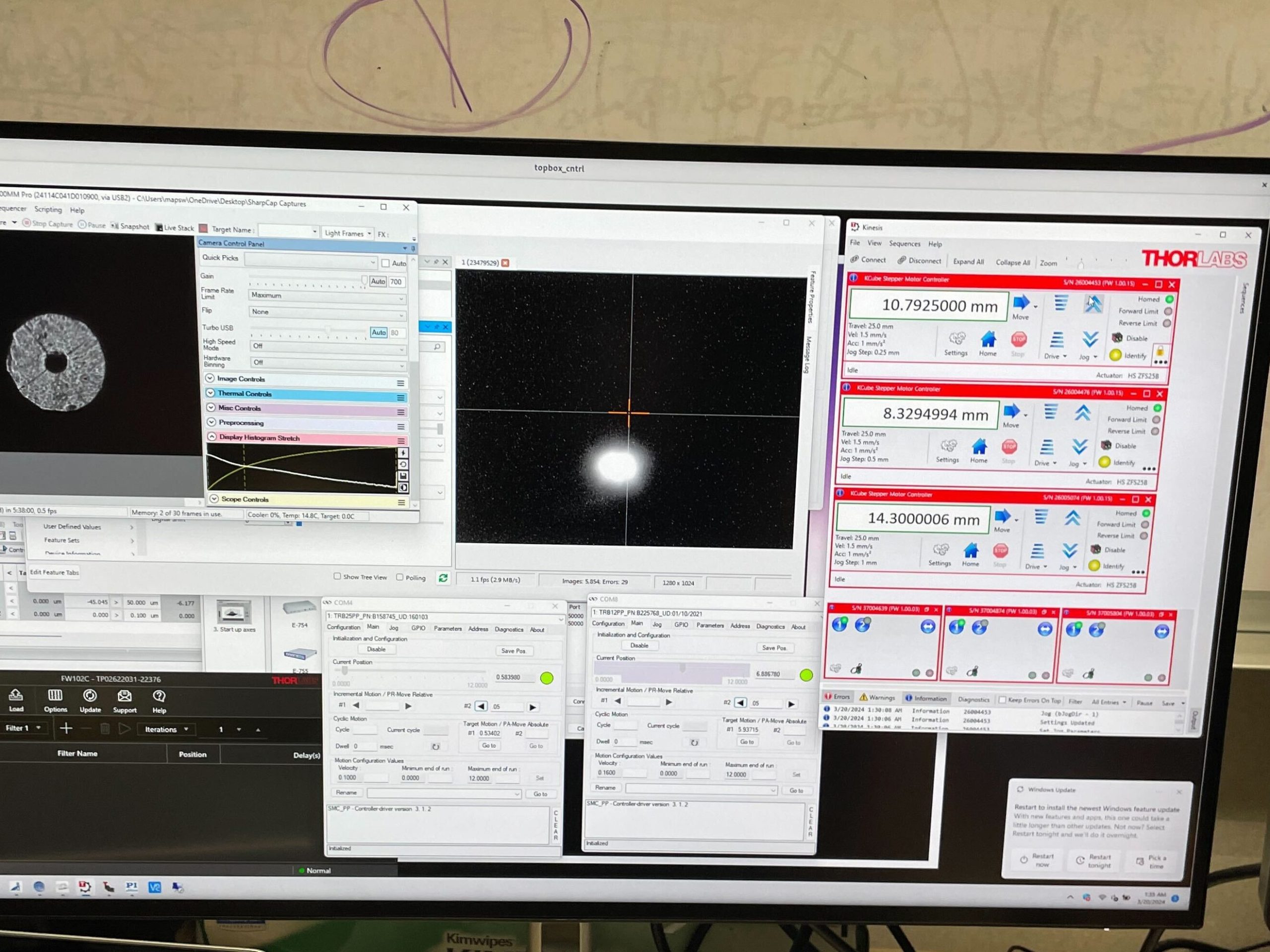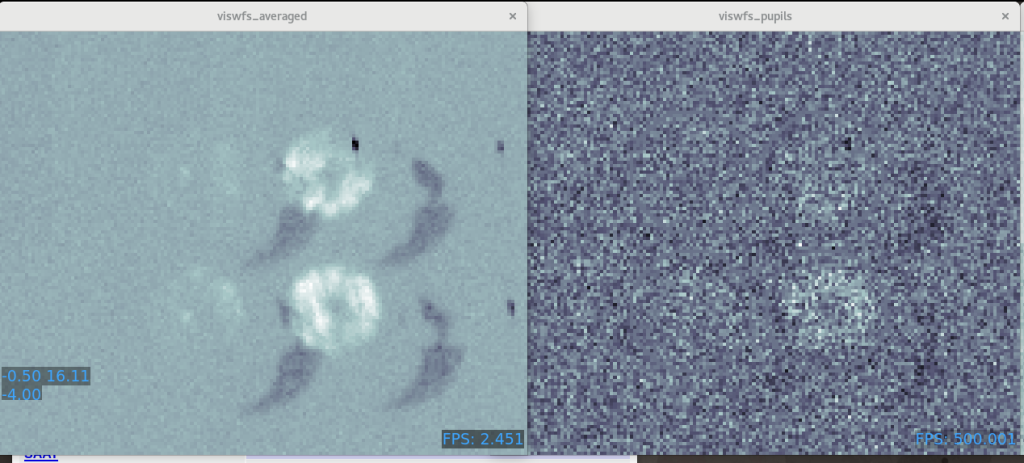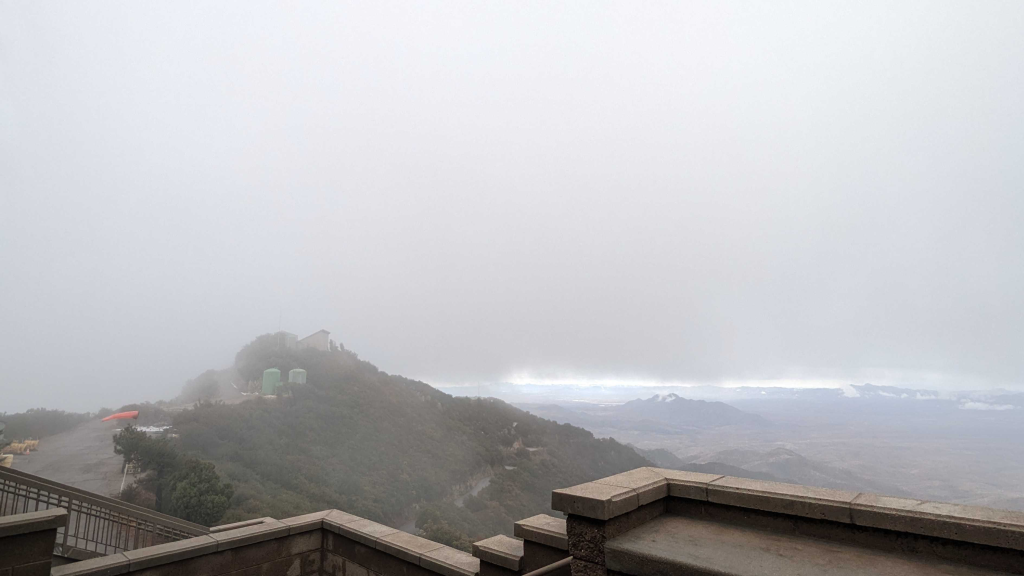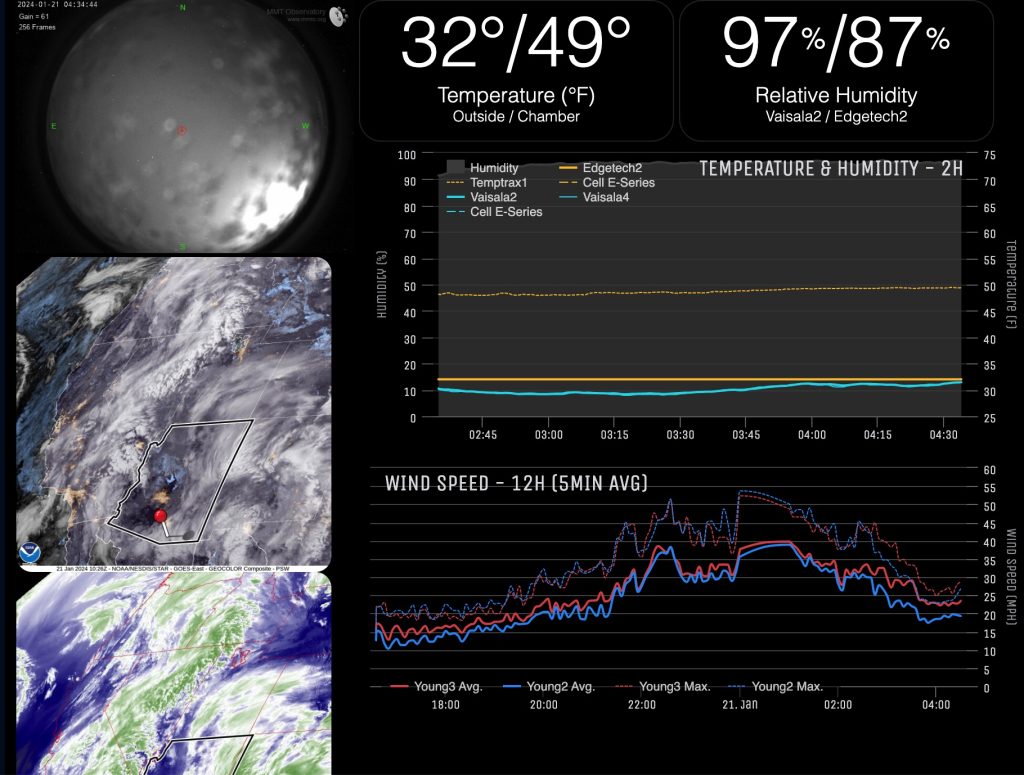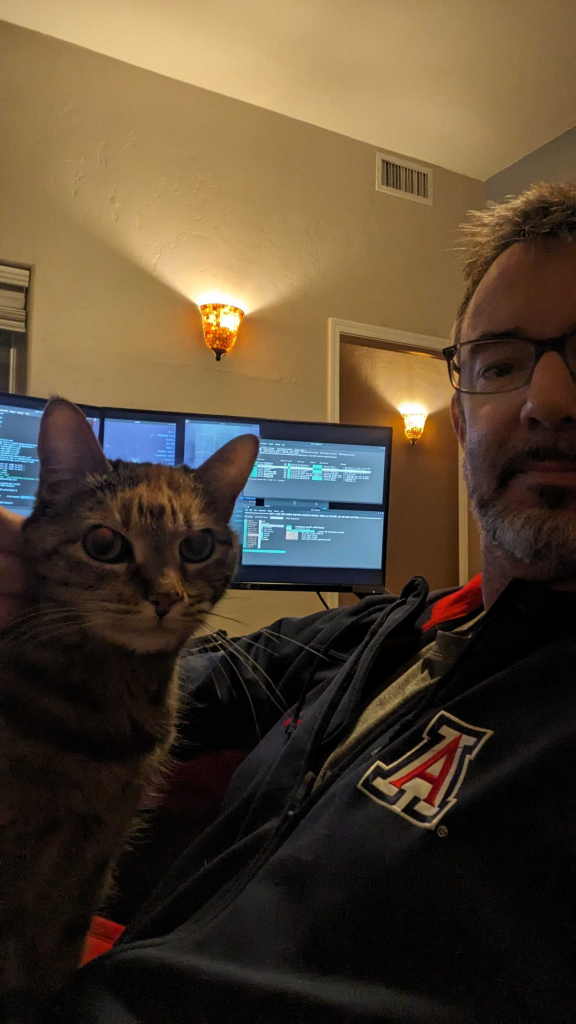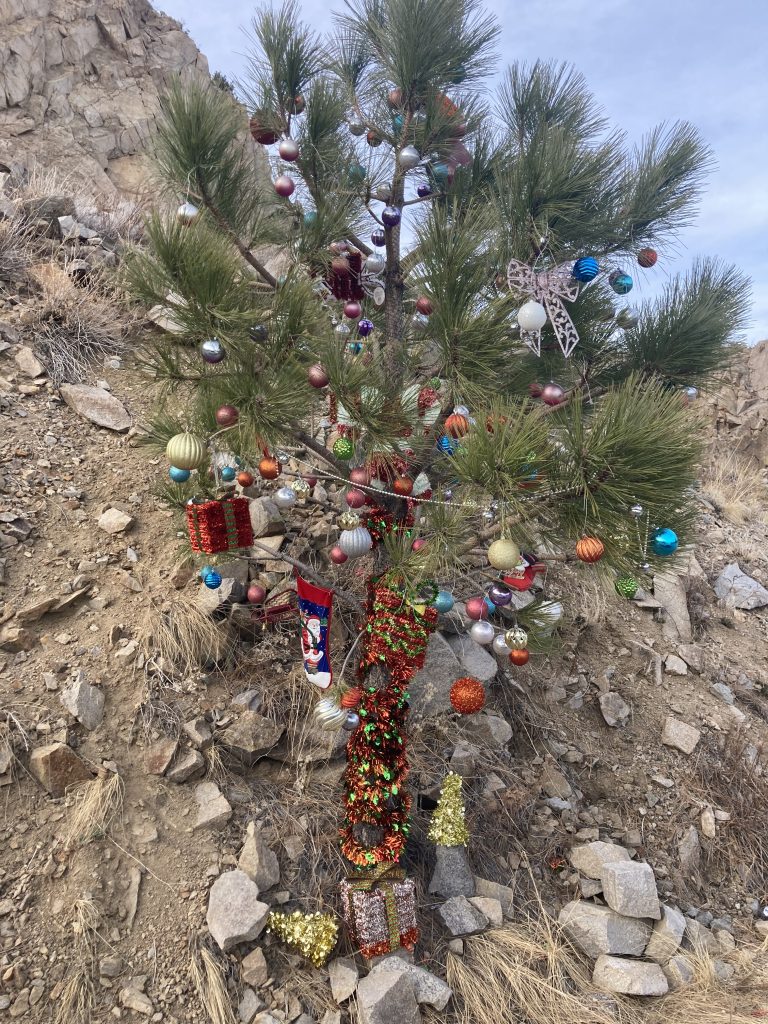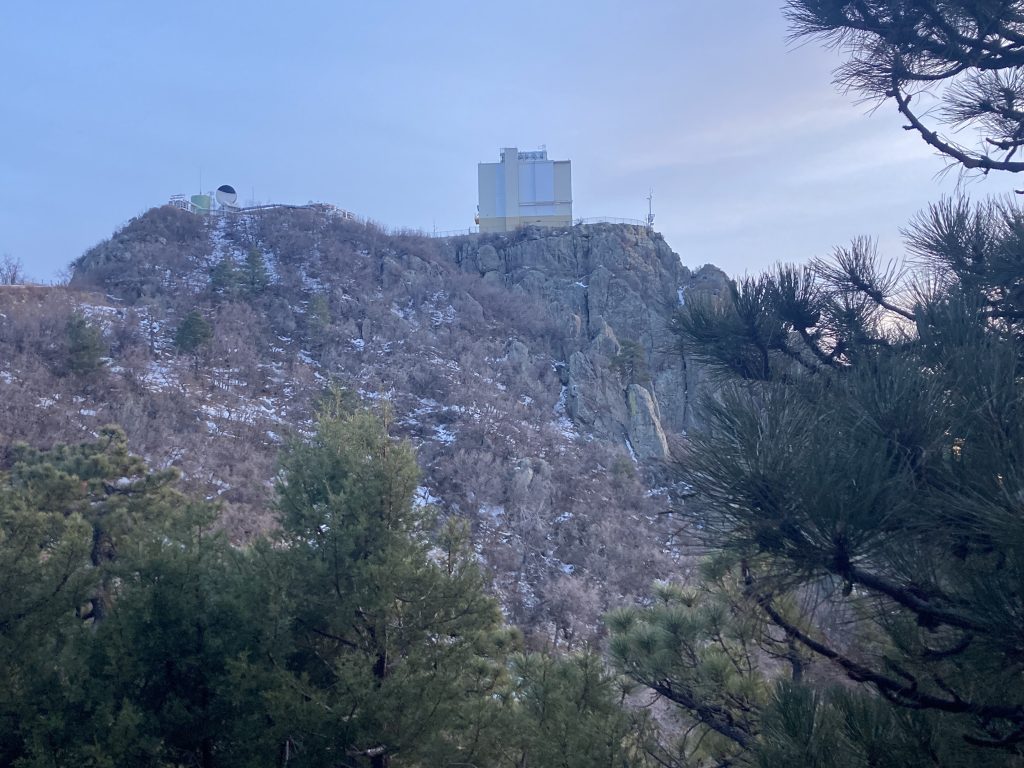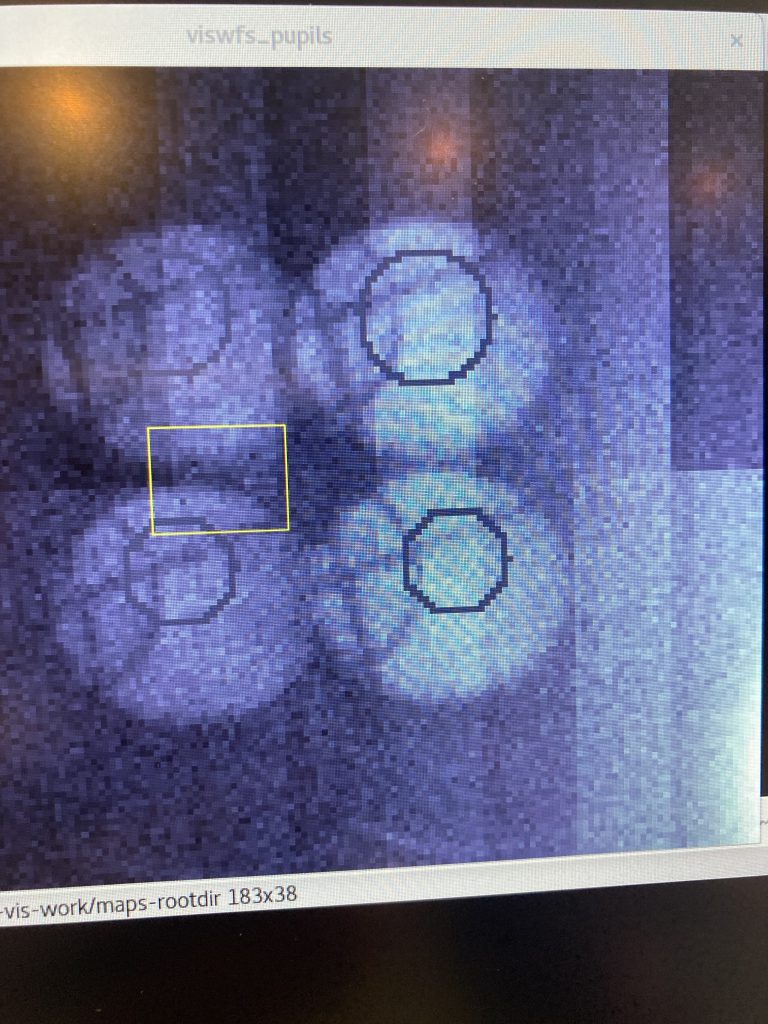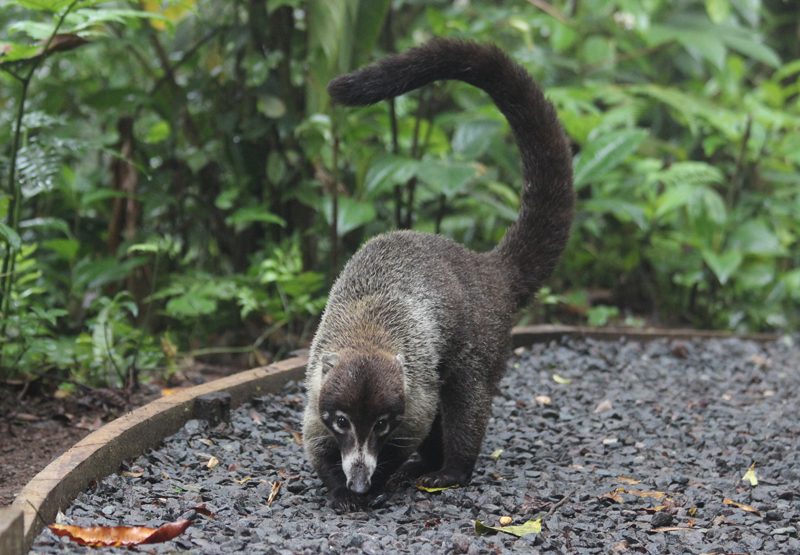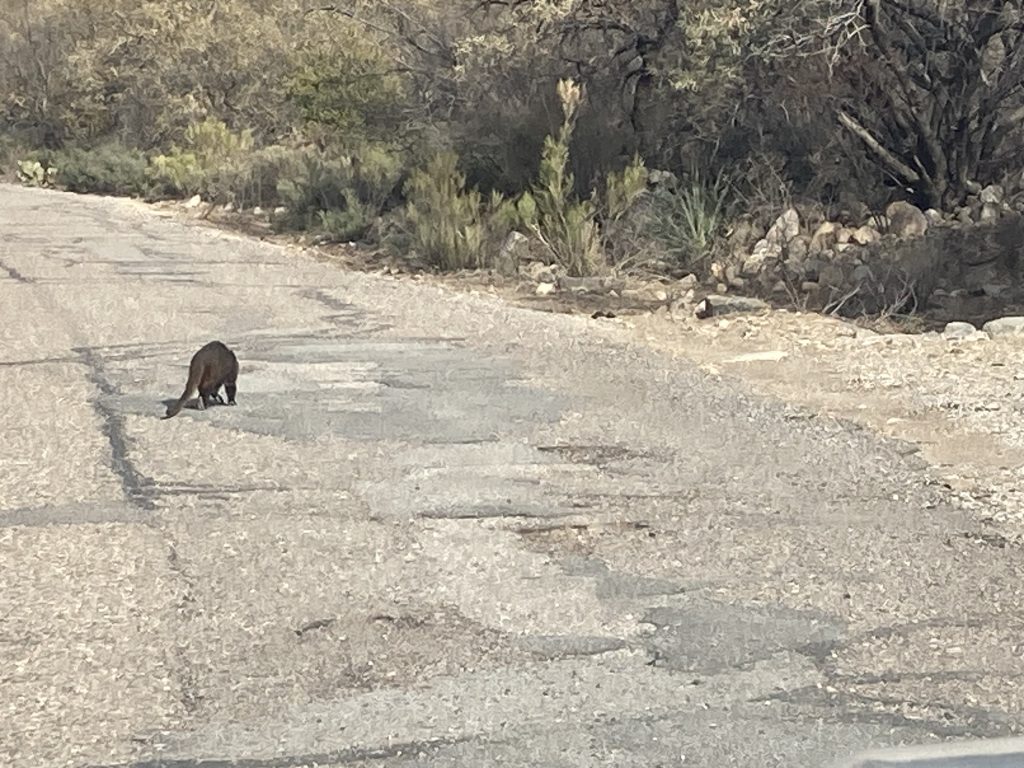Tonight started cloudy and even with a little precipitation! (Which we just can’t bring ourselves to actually complain about, being children of the drought-stricket desert southwest.)
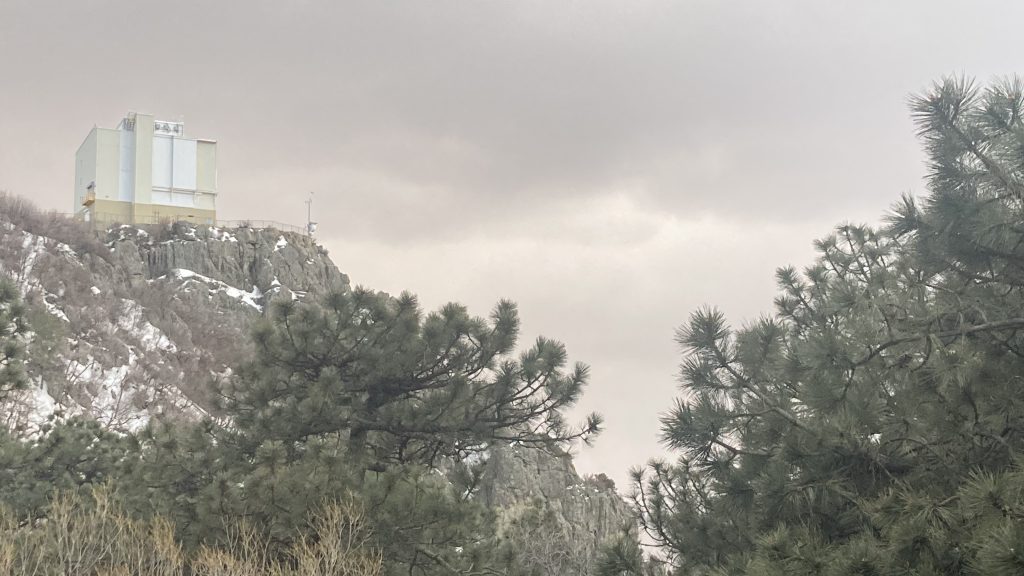
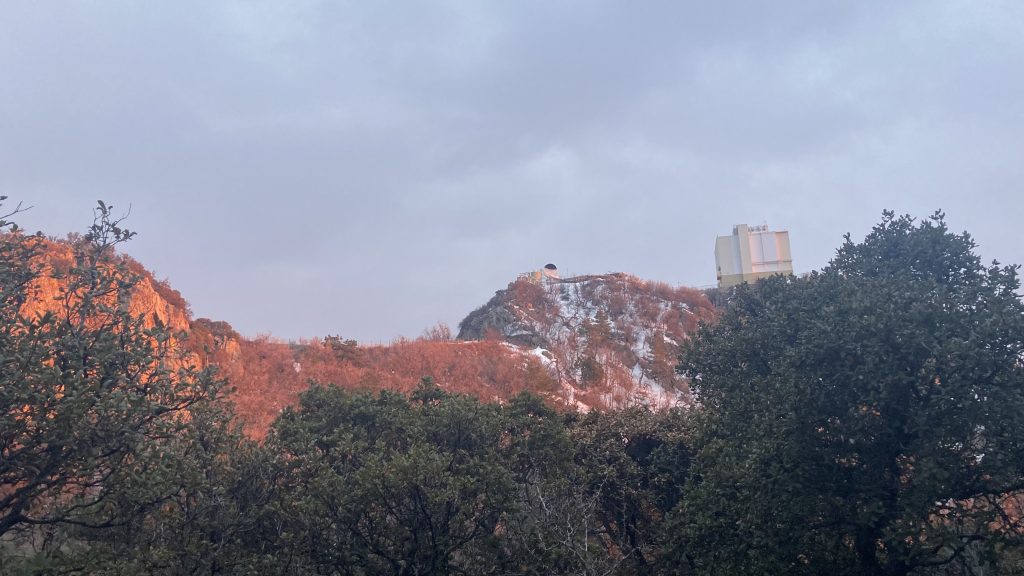
So it was time to learn some Tunisian crochet, courtesy of a book authored by MAPS and CAAO colleague Lori Harrison: Exploring Tunisian Crochet: All the Basics Plus Stitches and Techniques to Take Your Crochet to the Next Level; 20 Beautiful Wraps, Scarves, and More.

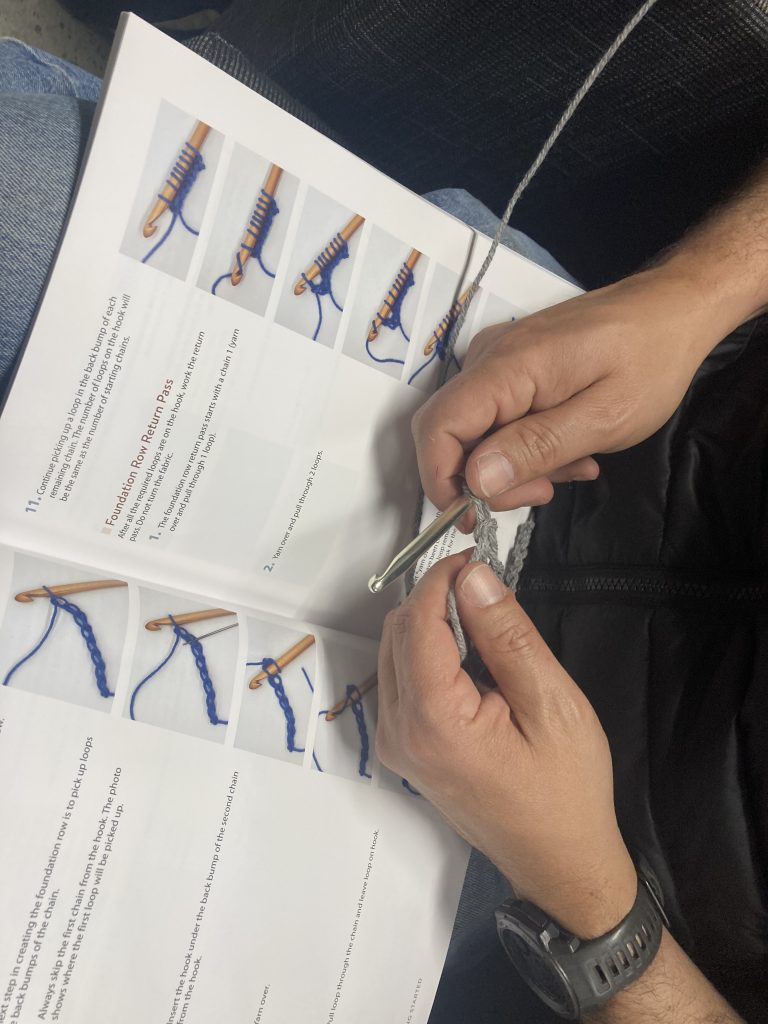

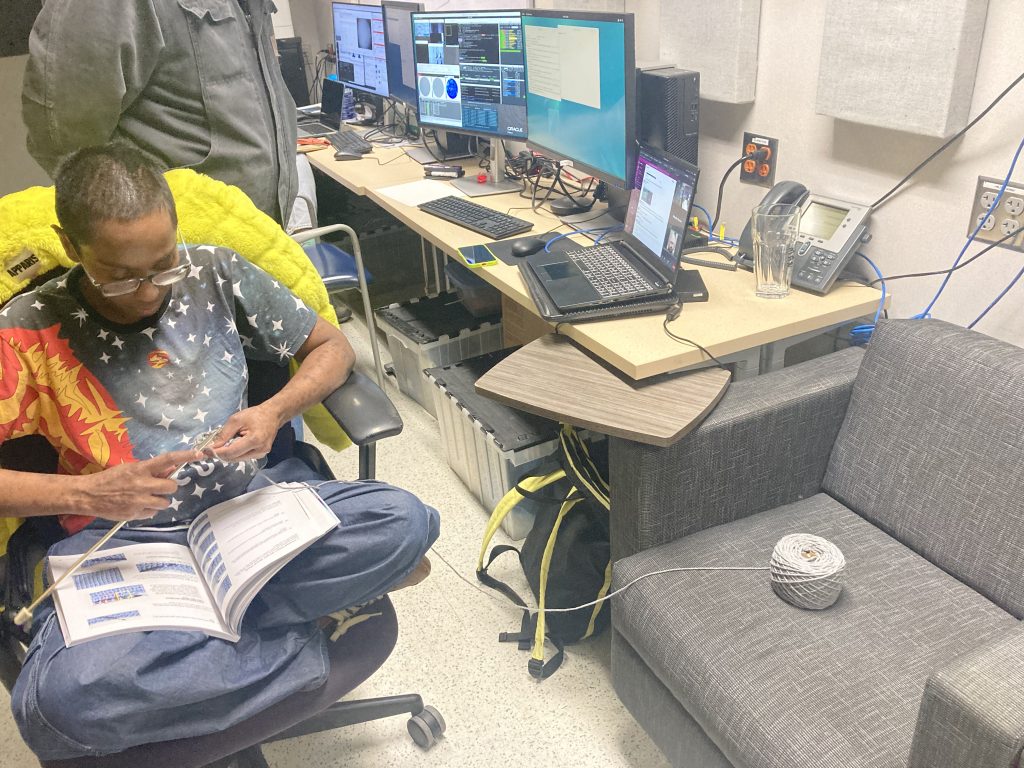
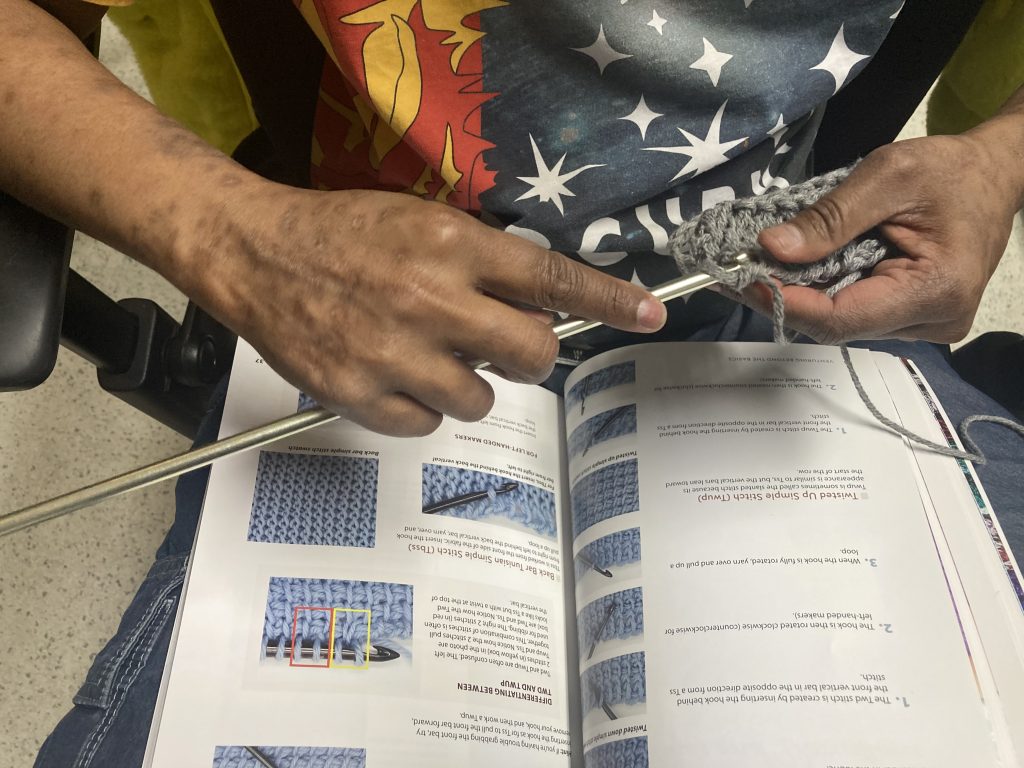
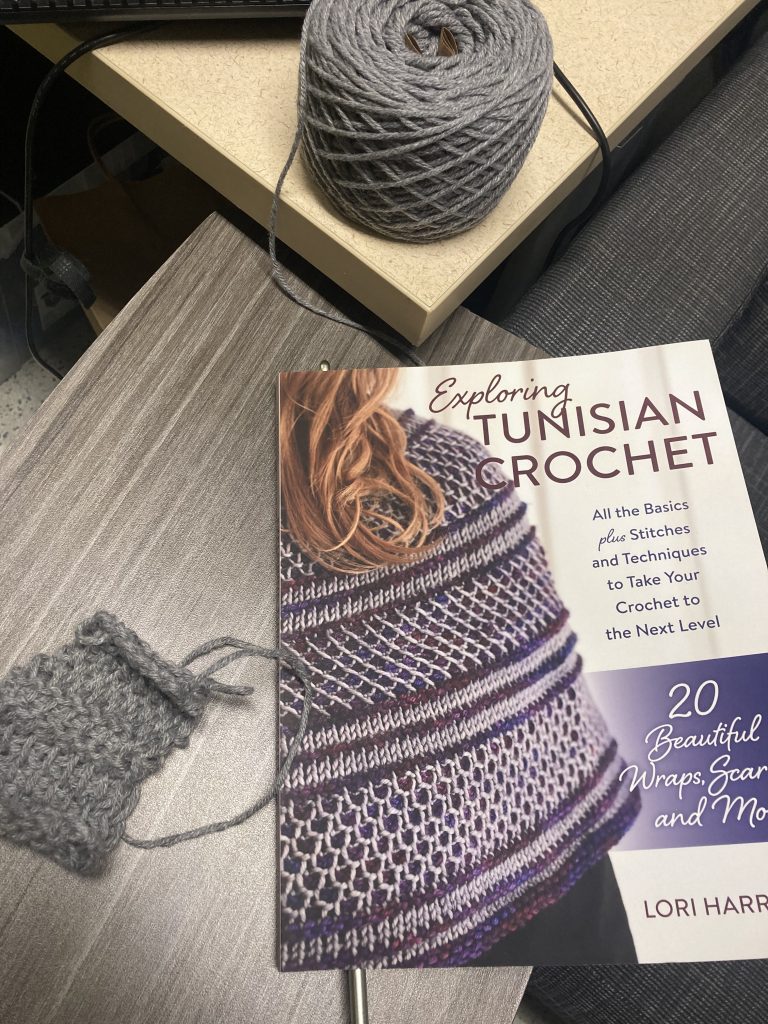
While we were clouded out, I called in to the MagAO-X run to eavesdrop for a little while on the MagAO-X AO GUIs:
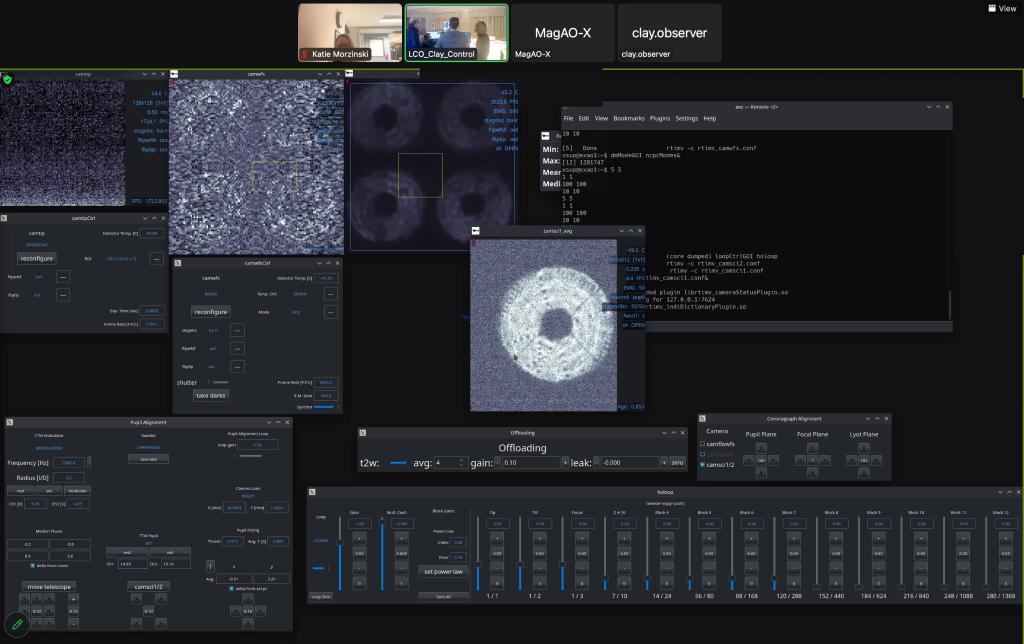
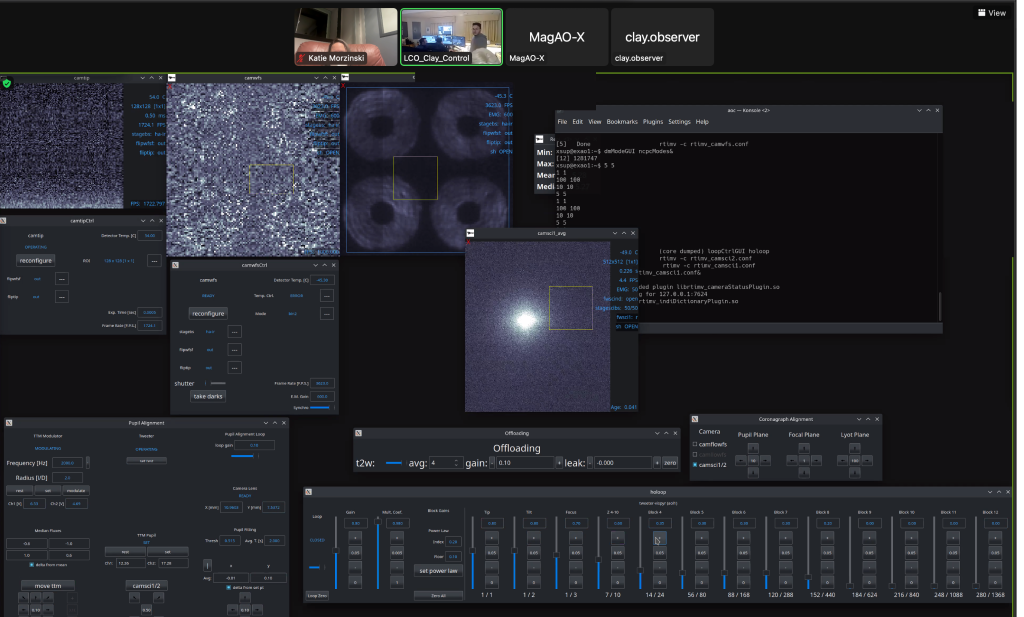
Finally the clouds cleared up around 11pm and we went on sky! Only to have trouble finding our stars. We even pointed at the moon (which is 31 arcmin in diameter) and we could find that! But we tried to focus on the limb and just weren’t able to get the adjustments we needed to sharpen it up. This was all most likely due to the primary mirror cell throwing an error with a garbled measurement that was causing an unknown piston and tip/tilt that we just weren’t able to take out with pointing the mount and focusing the hexapod. We do wish our cameras had a larger field of view to help with finding stars when there’s a trouble issue like this, but ultimately it seemed we didn’t even have the range to take it out.
Meanwhile MIRAC was still working on adjusting its pupil alignment, which was actually a fine thing to do when all you can see is the sky (but no stars). This time Manny and Rory went up and turned one of the screws on the bellows, with little effect. We also tried rotating the instrument rotator, and were gratified to see it did indeed rotate the one bright spider we could see, but still did not help to center the telescope pupil with the MIRAC pupil. Ultimately we had to call it a night around 2am.
The song of the night is the sound of water dripping from the trees.
